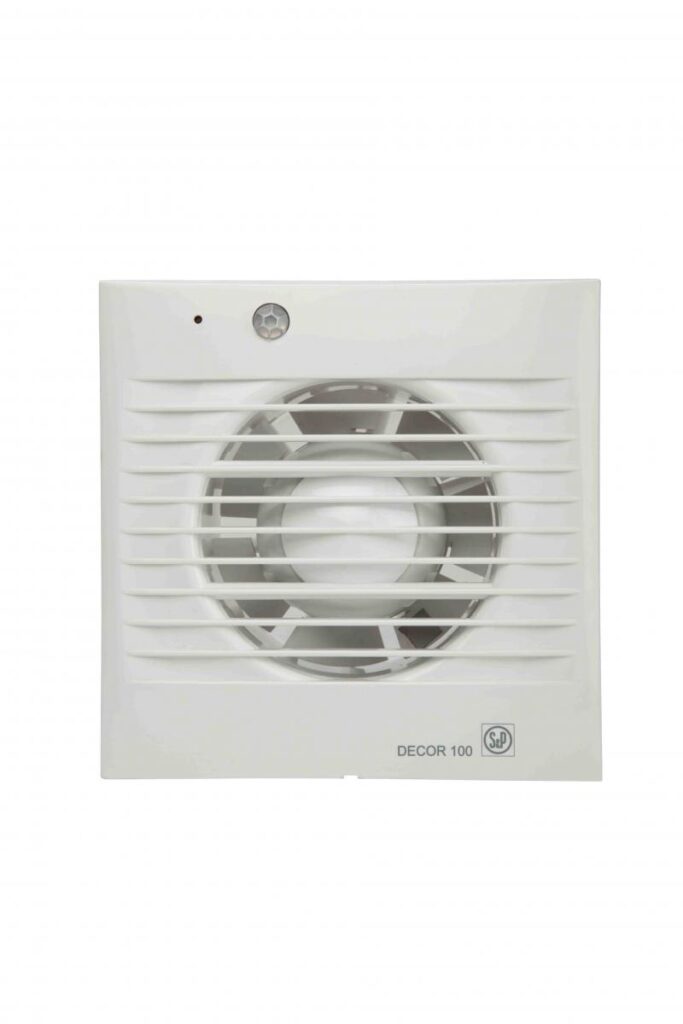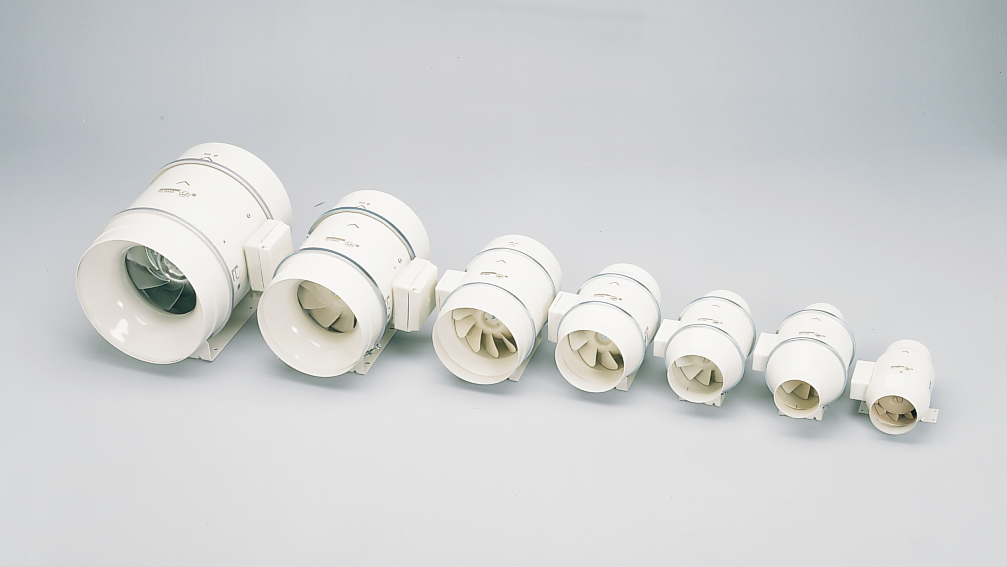1990s
The decade began with the opening of new subsidiaries in Europe. In 1990 S&P Germany was established in Darmstadt (Germany); in August S&P Belgium was established in Brussels; and a year later S&P Netherlands was established in Breda, Holland. In 1993 Soler & Palau Australia was opened (S&P Kruger Australia) in the city of Sydney. In 1998, with the acquisition of Elemat Italia and the subsequent name change to Soler & Palau, a new subsidiary was created in Arconate Milan, Italy.
In 1992, with the purpose of enhancing production of its own motors, Soler & Palau acquires the company Electromecánicas MC located in Girona (Spain). The company specialized in the manufacture of small compact size motors.
On May 6th 1997, with forecast growing demands for low pressure centrifugal cabinet fans, Soler & Palau acquires the companies Talleres Chaysol and Fabricantes Auxiliares de Ventilación in Madrid. These two companies were then merged into one known today as Ventiladores Chaysol, S.A.
In 1994 a new office building was developed adjacent to the Logistics Centre of Parets del Vallès (Spain) into which all personnel form the offices at Calle Rocafort, Barcelona (Spain) were relocated. This new facility also served as location to provide group support services such as Management, Research and Development (R+D), Purchasing, and Human Resources.
To continue the support of the Company’s research and development activities a large new test laboratory was constructed on the site of the old warehouse in Ripoll. On March 4th 1997 ENAC (National Accreditation Entity [Spain]) approved the laboratory for the certification of airflow, noise and vibration testing of fans.
In the same year the Company expanded its logistics center in Parets del Vallés. The expansion increased the total floor space to 6,400 m2 and a capacity for 8,000 pallets.
The 1990’s saw the introduction of new regulatory standards for the ventilation sector. These new regulations included the specification of special products for specific applications. One example of the impact of these new regulations can be seen with the development of the THGT, CTHB/CTHT, CHAT and ILHT series of fans which were specifically designed for use within commercial car parks and for smoke clearance ventilation systems.
The regulation published for the ventilation of hazardous atmospheres resulted in the development of anti-explosive fans such as the HDT series. Other very specialized products supplemented those offered by in the standard catalogue as the regulations required specific products for specific applications. Products such as the CMT medium-pressure centrifugal fans; the ILT In-line fans were introduced. In the Residential division the K series of plastic kitchen extractor fans were launched as a response to a more focused and competitive market.
Between the years 1995 and 1996 two product ranges evolved that became icons for the Company. These included the he TD inline duct series and the DECOR bathroom fan series. In 1995 the TD series was expanded to include five new models that increased the airflow performance ranges from 160 to 2000 m3/hr as well as offering a multitude of different configuration options to further extend the flexibility of the range.
In 1996 the DECOR bathroom fan series was launched. The product’s innovative and extra-slim design; as well as its high performance, created an important milestone product for the Company.




